07/27/2023
Gaming
Gaming x AI Market Map: The Infinite Power of Play
An (inevitably incomplete) overview of the emerging landscape of artificial intelligence and procedural generation in interactive media.
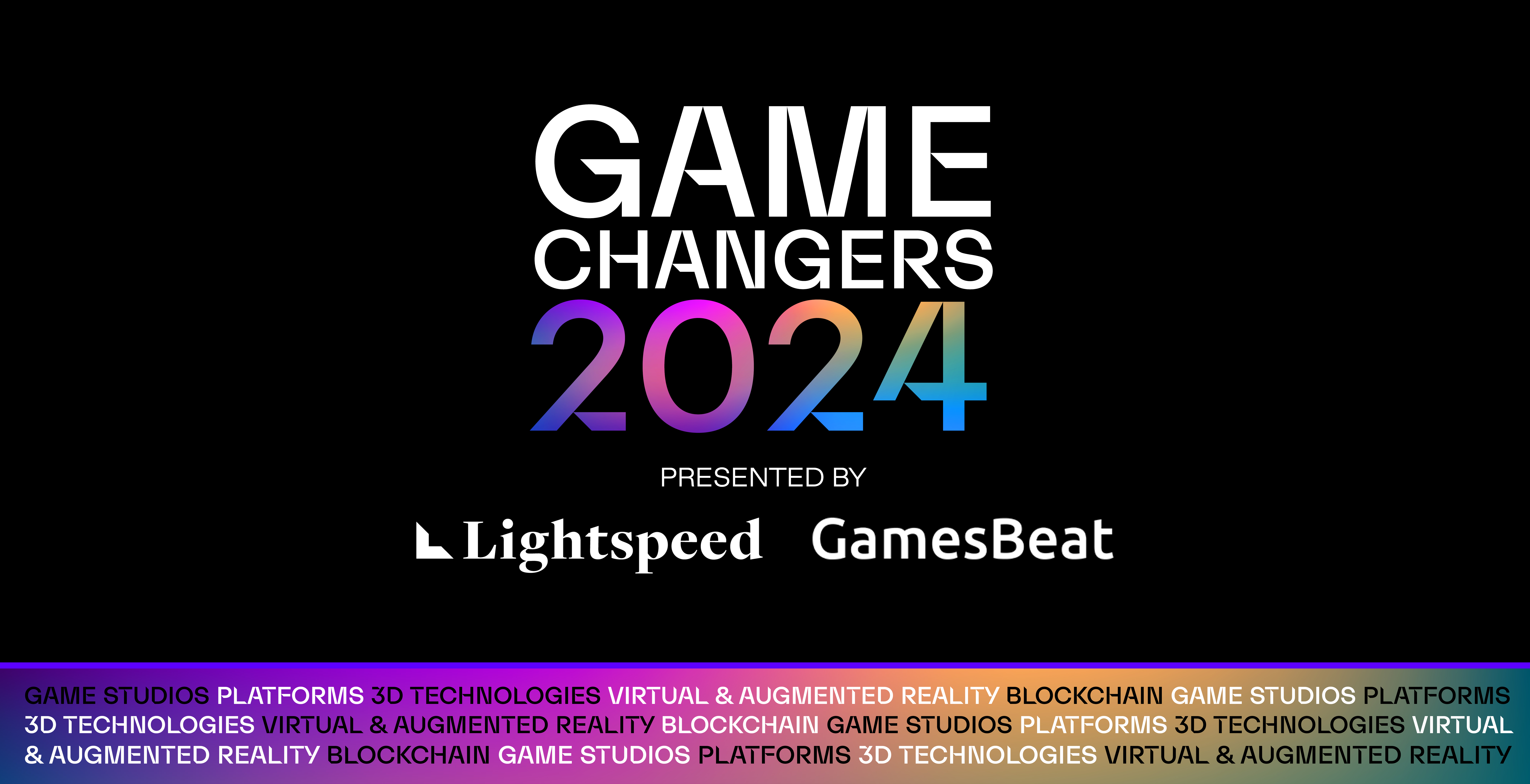
Learn more about our investment in Inworld AI, the leading character engine for AI NPCs.

At Lightspeed, we are believers in the power of gaming as the ultimate online social experience—one where creativity, skill, and collaboration meet to become joy. It’s no wonder why gamers are some of the most engaged and retentive audiences of any consumer vertical.
We’ve seen this first-hand through our gaming investments since 2006—from early wins like Playdom and Snap to recent breakouts like Epic Games, Polygon, and Tripledot Studios. With the share of global gamers continuing to grow, younger demographics choosing games to socialize and learn, and strong technological tailwinds, it’s obvious why we continue to be focused on the industry.
The Infinite Power of Play
But there’s something even bigger to be said about “the infinite power of play.” For half a century, video games have profoundly shaped consumer behavior and acted as a catalyst for significant technological innovation. With the advent of the ‘Metaverse,’ and as an ever-increasing time of our lives is spent in immersive virtual worlds, gaming is expected to continue its pivotal role in how we play, work, and connect.
Many life-changing technologies were born in gaming, in part because (1) interactive experiences are often pushing the boundaries of what’s technologically possible and (2) play and innovation are inevitably intertwined: play is “safe exploration,” and work is “exploitation of learned patterns,” not too indifferent of how some of AI works. The best-scaled example of cross-sector breakthroughs that originated in gaming is probably NVIDIA: originally built to perform complex 3D calculations in video games, now our most powerful computational engine and the backbone of all AI, blockchain, and so much more.
Seizing Platform Shifts with Novel Experiences—Not Incremental Improvements
Many of the past technological and cultural tailwinds felt like incremental building blocks. (By the way, the gaming industry has only seen one “down year” since 1997—in 2022, coming out of an inflated 2020 and 2021 post-COVID influx; 2023 is up again.)
In contrast, the dawn of artificial intelligence and procedural intelligence appears more akin to a platform shift in line with the rise of the consumer internet around the start of the millennium, or the introduction of the mass-market mobile smartphone in 2007.
Historically speaking, in platform shifts like these, generational companies won’t only incrementally improve upon existing workflows with faster, better, or cheaper tools; they will create completely novel, previously impossible user experiences—like intelligent non-player characters (NPCs) and generative agents that go far beyond pre-programmed decision trees and limited narrative choices.
Zynga’s rise through mobile, casual gaming modalities and Rovio’s innovations in tactile touchscreen experiences are great examples from the gaming world, where a newcomer capitalized on a new reality of consumer experiences despite the incumbents’ (in this case, Electronic Arts or Activision) perceived resource advantage. A textbook example of corporate inertia and the innovator’s dilemma.
At Lightspeed, we expect the shift to artificial intelligence and procedural generation will be no different. Those unable to deliver these new experiences in their games will be left behind as audiences will continue to prefer the most immersive experiences. Much of what seems like a fever dream today will be considered table stakes in a matter of years—not decades.
The 4th Industrial Revolution of Video Games
Inevitably, the AI platform shift will accelerate the velocity of game creation in ways that are likely hard to conceive today. This article takes a look at what we call the four industrial revolutions of game design. To set the context, we need a little bit of history.
1) The Publisher Model: Gaming’s Stone Age
Innovation in gaming has historically focused on improving the technical aspects of the player experience–better graphics, faster processing, or higher player concurrency–which, while important, often came at the expense of improving the game development process and infrastructure itself.
This “publisher model” borne out of the Hollywood studio system favored monolithic architectures produced in silos divided into three categories: hardware (consoles), software (studios), and marketing (publishers). Companies in each category would do a variety of tasks since the gaming market was small and couldn’t justify companies specializing in each segment of the game development process. With everything from engines to objects built for each game, development required larger and larger teams to deliver novel game experiences. AAA game budgets built in this way ballooned to $100M+, raising the stakes to release high-quality games and leading to a reduction in the number of studios that could release such games.

With such high development costs, executives focused on games for their known core market – mostly teenage boys – and wouldn’t take creative risks on development games for other diverse audiences. Two forces bucked that trend: modularization and UGC.
2) Modularization: Refocusing on Gameplay
Monolith development first began to change with the growth of licensed game engines–first id Software’s Doom and Quake Engines and then Epic Games’ Unreal Engine and Unity. These off-the-shelf engines abstracted the creation of the environments that games lived in and sped up the development process in the industry through strong network effects: developers versed in a popular engine used in one game could easily re-use that knowledge in developing another.
This initial wave of modularization of the game development stack–mostly in the early 2000s–saw the rise of indie game developers as we know them today. Game infrastructure improvements on the development-front like Adobe Flash and GameMaker Studio and the distribution-front like Steam and XBox Live. These tools together allowed smaller developer teams to build games efficiently while still reaching meaningful scale. Creating compelling game mechanics and assets became the focus, rather than developing the low-level systems to power their game environments or searching for a partner to publish their games to offset expanding development budgets. Modularization reduced costs through standardization of the game development stack.
We believe the modular model and further standardization are here to stay as the benefits of modularization extend beyond increasing development speed and agility. By standardizing aspects of game development, we expect an increase in the pace of iteration and a growth in the scope of games per developer, especially in live-service formats.
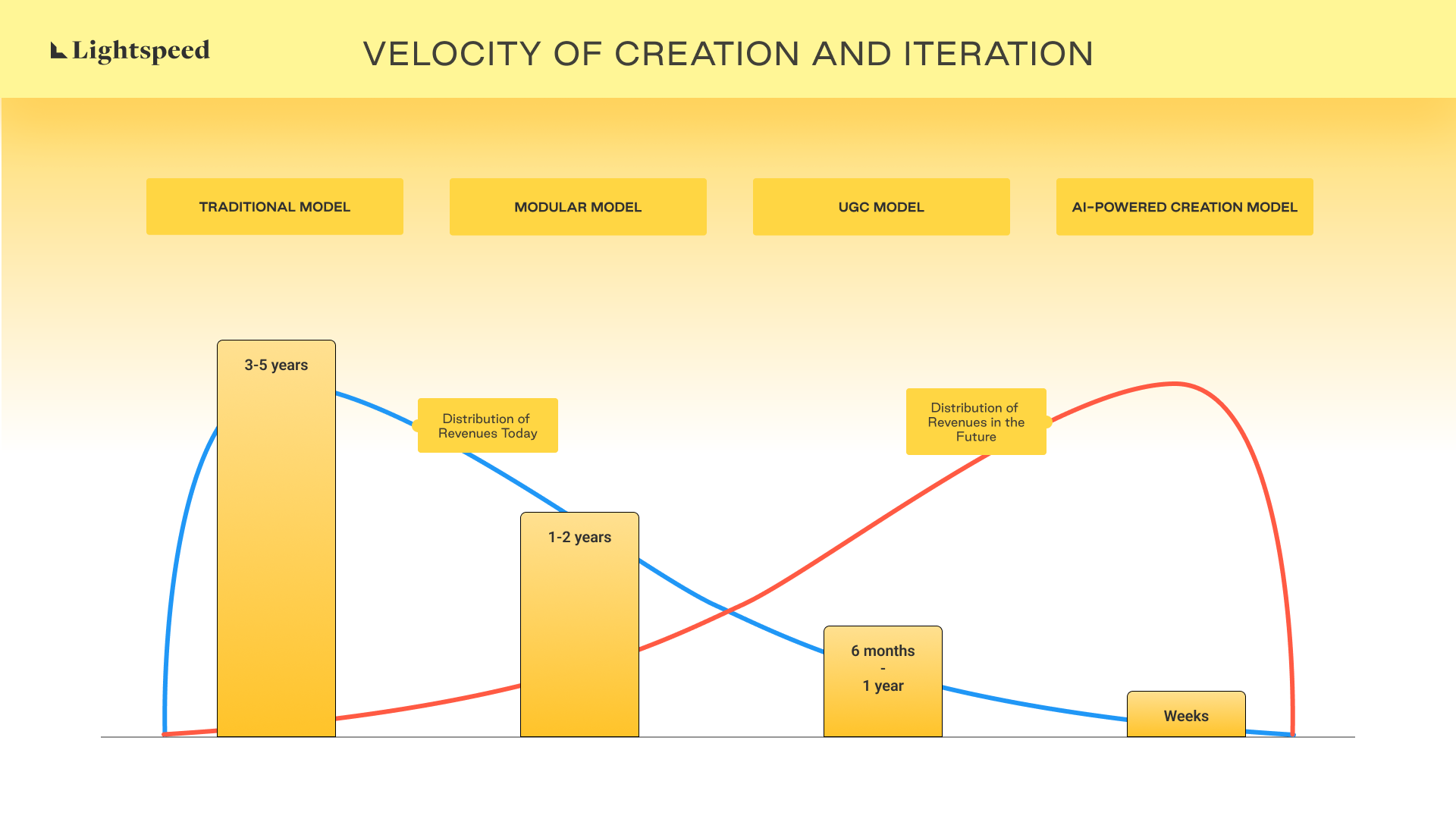
A second-wave of modularization has been underway for the past few years. Companies like Pragma, inspired by the success of engines like Unity and Unreal Engine, are building plug-and-play solutions for complex yet tedious aspects of the game backend including matchmaking, battle passes, and inventory management. Similarly, Hathora provides serverless hosting for multiplayer games so teams have less game launch anxiety. We think it’s critical for solutions to find the right balance between standardization and extensibility to be able to sell into both established AAA and up-and-coming studios.
3) UGC: The Player Creator
While modularization of the game development stack focuses on reducing the burden of creation for existing development teams, the rise of UGC brought non-developers into the game creation ecosystem by lowering the knowledge threshold.
UGC games have their roots in modding culture, which has always been integral to game fandom among technically-capable and deeply dedicated fans. Experimentation with mods has led to popular games like Dota 2 (Warcraft III) and Counterstrike (Half-Life) that developed gameplay and mechanics reused in other games (e.g. League of Legends and Valorant). Similarly, we expect that the continued growth of UGC is leading to a flood of new game concepts and mechanics that can be leveraged on or off those platforms.
Modding has also been critical to growth strategies for game communities. For example, Maxis released modding toolkits for The Sims in 2000 before the game itself, in order to stimulate a community that increased the quantity of in-game assets. By allowing players to create specialized in-game assets, the game became both larger and more personalized. Perhaps more importantly, these toolkits and templates provided easier onramps for players to begin creating. Similarly, the extent of documentation and ease of use of UGC services like Roblox Studio has increased the top-of-the-funnel of future game developers and created a “developer flywheel” that encourages others to create games.
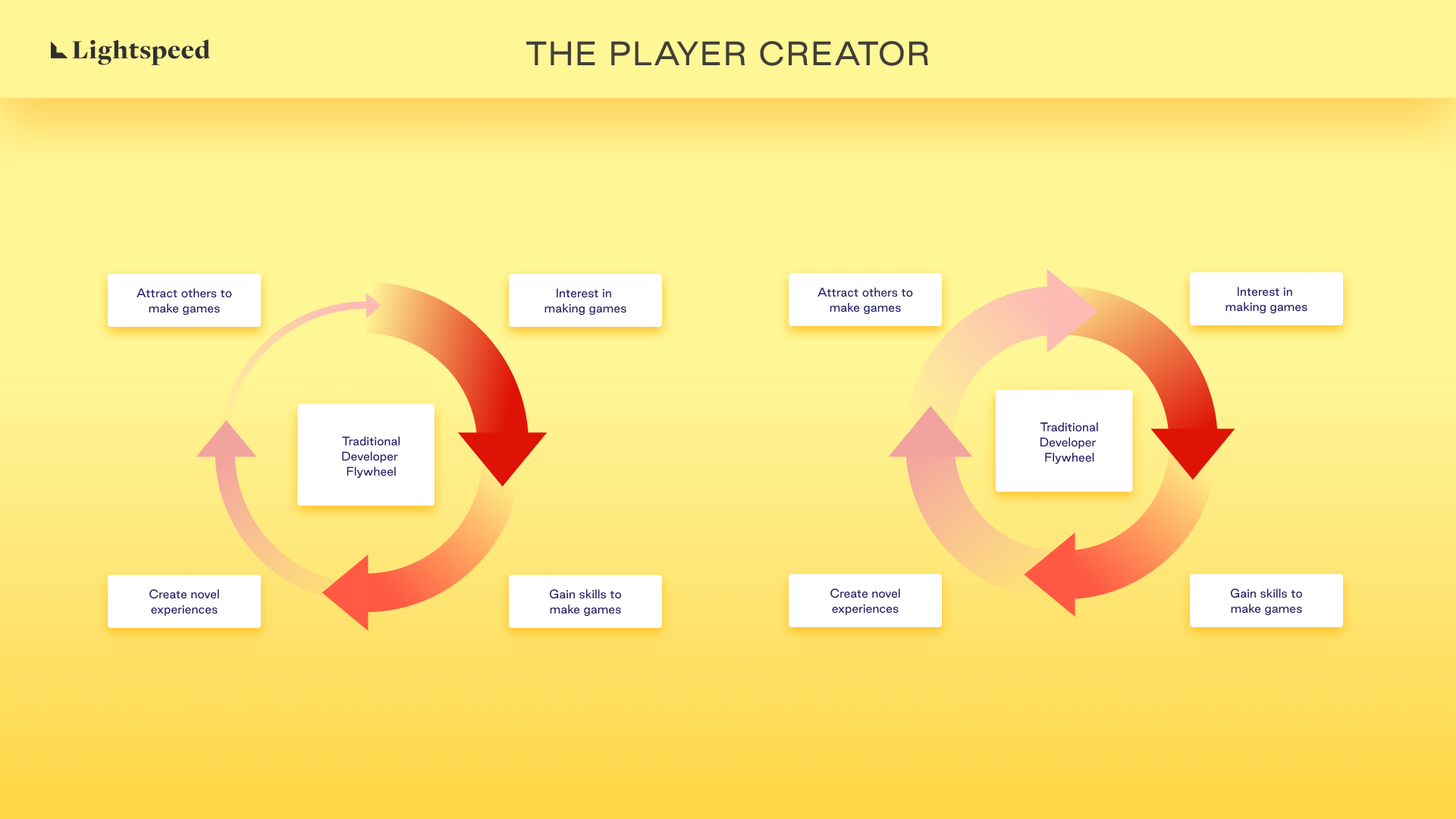
More future developers mean even more unbounded experimentation and exploration of what games can be. Games were never intended for only one demographic; UGC began to unlock who games are made for and who makes them.
4) The Dawn of the AI-Powered Studio
Gaming has always had a special relationship with cutting-edge AI: games simulate human life just as AI simulates human intelligence. For example, in 2001, Halo’s gameplay felt revolutionary because of the novelty of its enemy AI: unlike FPS games before, enemies wouldn’t just run at players. Instead, enemies had rudimentary personalities: elite troops knew to take cover when under fire and aggressively attack when their health was low. The improved AI created a more realistic simulation for players and deepened their engagement with the game.
Building on modularization in game development and the rise of UGC, AI is supercharging game studios by creating engines and tools sets that automate the tedious aspects of game development and allowing anyone to build high-quality games. We expect the AI platform shift will touch every aspect of the game development stack including object and environment creation and developer tooling.
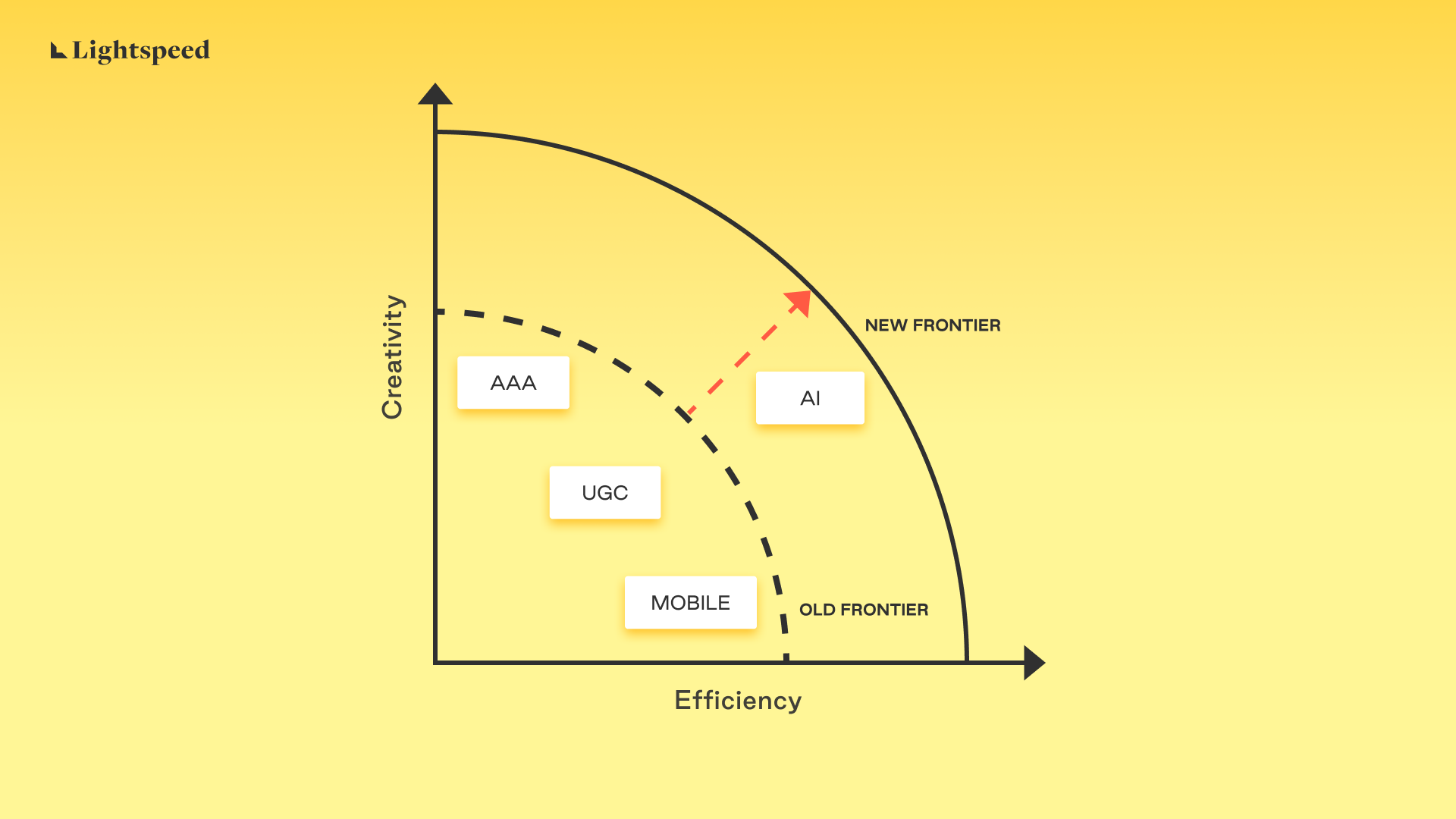
We are already seeing AI-based innovation in art and asset creation pipelines for games increasing the level of personalization in gaming and the speed of development. Hypothetic, Luma AI, and others are building a future for anyone to nearly instantly generate 3D objects and models from prompts and other images removing the traditional pain associated with concepting, moving from high-fidelity to low-fidelity models, UV unwrapping and texture baking.
Of course, the key to the creative possibility of these objects will be the production-ready granularity of the object’s hierarchy. For example, models will need to be able to generate a car, but also contain logic to be able to regenerate just the side mirrors. With an explosion of potential characters and objects resulting from AI, it will be critical for animation teams to deploy these at scale. Tools like Move.ai, Latent Technology, and others accelerate the most time-consuming and expensive aspects of motion capture, animation and rigging.
In addition to object creation and animation, modular AI tools are being used to design game environments: Blockade Labs’ Skybox AI creates panoramic scenes from text-inputs. Importantly, these off-the-shelf asset creation tools can work alongside incumbent engines which are aiding in the discovery of these tools directly through storefronts like the Unity’s Asset Store.
AI will play an equally critical role in developer and mod tooling for the benefit of game teams alleviating some of the worst aspects of AAA’s crunch culture. Copiloting developer toolkits like those developed by incumbents like Unity or startups like Common Sense Machines and Rosebud AI will reduce the time required to write and deploy new code by translating natural language into 3D worlds and allowing for real-time ideation and iteration. In addition to creation, AI will also impact quality assurance and testing. Today, large teams of manual play testers often comprise as much as 10% of game development budgets. QA teams soon will be able to use tools like Agentic or modl.ai to improve their testing processes requiring less human time on the mundane aspects of testing and can instead focus on the quality of gameplay.
Whereas studios before would have to choose between creativity and efficiency, AI expands the possibilities frontier by obviating that tradeoff allowing pipelines to scale based on imagination rather than resources.
AI-Native Games: The New Paradigm in Player Experiences
While the preceding cost and efficiency improvements from AI adoption in game development are significant, we believe what makes AI highly potent for the gaming industry and what will unseat incumbents are the novel experiences that AI permits in games. While we don’t yet know the full range of these experiences, some examples being built today are multiplayer experiences with conversant NPCs with human-like personalities, dynamic in-game social experiences, and hyper-real and immersive graphics.
Characters and Logic—Not Environments and Graphics
In the physical world, the quality of our experiences typically isn’t defined by where we are as much as by whom we are with. The same is true for virtual worlds: engaging experiences with friends and strangers outweigh the importance of graphical fidelity. Yet game developer tools primarily focus on creating environments—instead of lifelike non-player characters (NPCs).
In our view, object creation and environment design are just the beginning of new forms of personalization that AI will allow. We believe that the most exciting impact of AI will be in creating entirely new experiences that enrich gameplay and tailor the experiences to the player. It is easy to see how generative agents that can interact, plan, and reflect alongside players would revolutionize the player-experience.
As the frontrunner of such character engines for 3D experiences, Inworld has built player and contextually aware AI NPCs that are able to mimic the full range of human expression and emotions. Inworld blends the modularization revolution, UGC explosion, and AI. The platform integrates into the developer stack through simple APIs into any scaled game development engine and platform.
Inworld’s technology and experiences go beyond existing large language models (LLMs). Unlike chatbots, the company supports multimodal character expression by orchestrating multiple machine learning models that are designed to mimic the full-range of human communication. The platform allows developers to link Inworld’s character brains to their animation and rigging systems, including in 3D environments: Inworld provides export capabilities into Unreal Engine, Unity, Roblox, or Minecraft, among others. Smart NPCs can learn and adapt, navigate relationships with emotional intelligence, have memory and recall, and are capable of autonomously initiating goals, performing actions, and following their own motivations that can drive the narrative and integrate with the broader player experience.
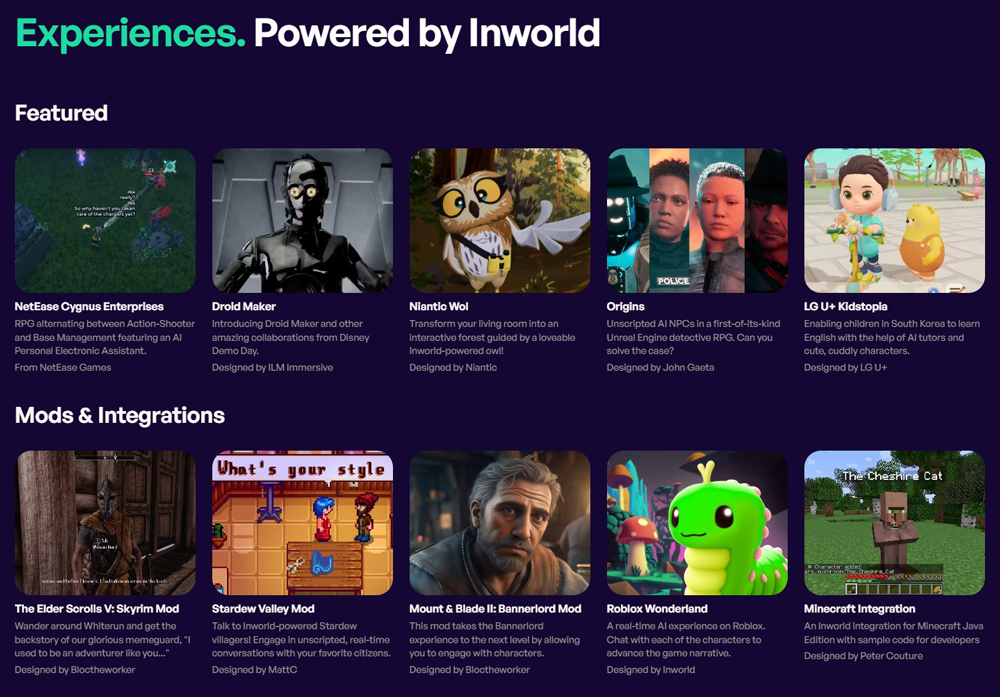
Endless Possibility of AI in Games
We similarly expect games to change game loops themselves. Companies like Hidden Door and Storycraft are creating AI-based story-driven games that provide a constant stream of novel and highly-personalized experiences to players. For example, the objective of a game could be changed based on a player’s Bartle type, which would grow the audience that any one game could garner. In-game social experiences could also be improved as AI provides a solution to toxicity and cheating online through proactive and real-time tools like GGWP and Modulate, and could assist in reducing churn from negative behaviors online.
Further down the game development stack, rendering and network latency issues could be improved by image generation techniques as GPU performance and costs improve. Instead of rendering each frame, engines could create high frequency and quality frames by interpolating across a range of lower quality frames provided at a lower frame rate using AI to fill in changes locally on the device. An early example of this was achieved by researchers at Intel Labs in 2021 who created a photorealistic version of GTA V by training a model on the Cityscapes dataset. These improvements could not only allow for higher quality graphics, but also larger matchmaking pools and more competitive gameplay, as less data would need to be transferred across networks.
Gaming x AI Market Map
Some of the companies working on AI in gaming—contextualized against the other stages of video game development—are shown below. Click here for a full-size version.
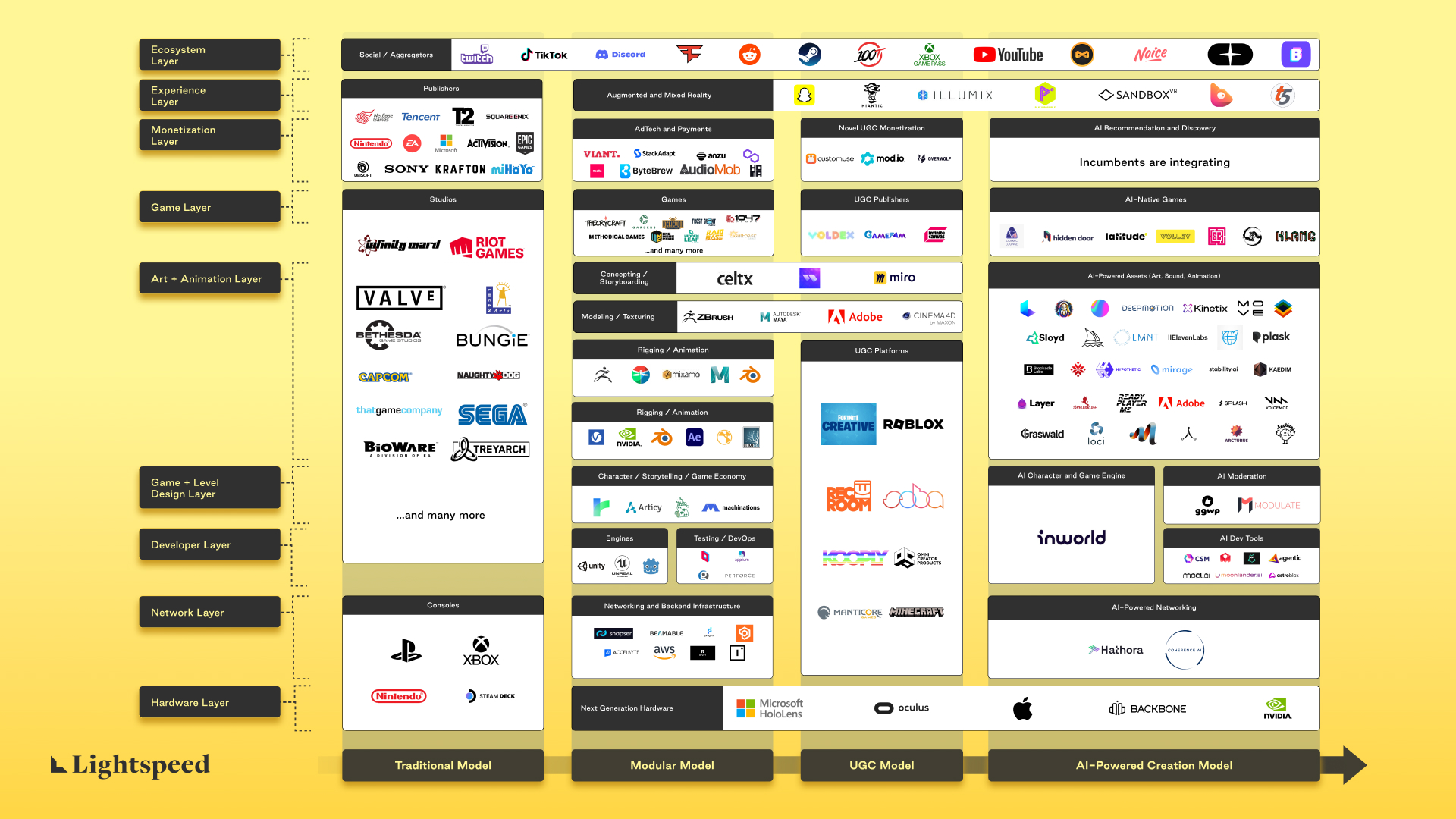
Conclusion
At Lightspeed, we believe that AI is set to overhaul every facet of game development, pushing the industry into an era of unprecedented creativity and innovation. A future where the “infinite power of play” will continue to expand technological boundaries. We’re excited to support founders building AI-native games, platforms, and technologies that empower anyone to create novel experiences that invite and immerse players across the globe. We’ve seen first-hand how platform shifts can change entire industries for the better, and feel the AI shift is no different. To say the least, we’re honored to support extraordinary founders shaping what’s ahead.
If you’re building at the intersection of gaming and AI, we’d love to connect—get in touch with us!
About Lightspeed Gaming

Lightspeed Venture Partners is a global venture capital firm with over $29 billion in capital under management and more than 500 investments across the U.S., Europe, and Asia — including Epic Games, Stability AI, and Snap. Over the past two decades, the firm has backed hundreds of exceptional entrepreneurs and helped build and scale companies to achieve 190 IPOs and acquisitions.
To date, Lightspeed has invested over $350 million into the gaming industry — including with many founders who have led the creation of games like Fortnite, Call of Duty, League of Legends, Wild Rift, Apex Legends, Overwatch, Valorant, StarCraft II, and Warcraft III. For more information, visit gaming.lsvp.com.
Authors





